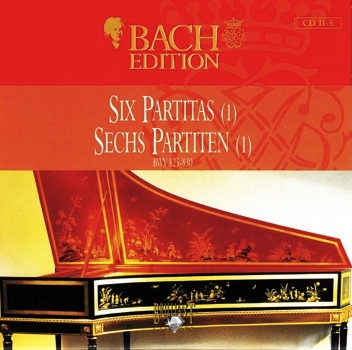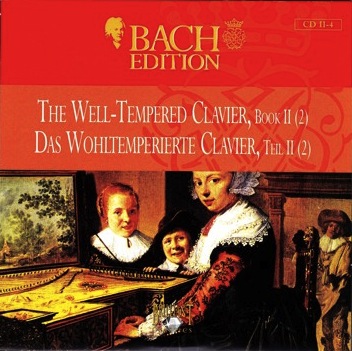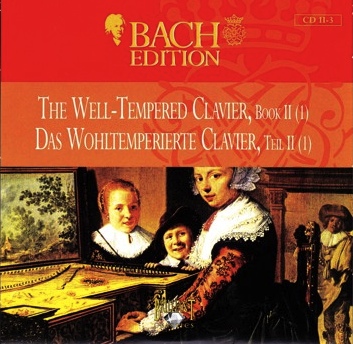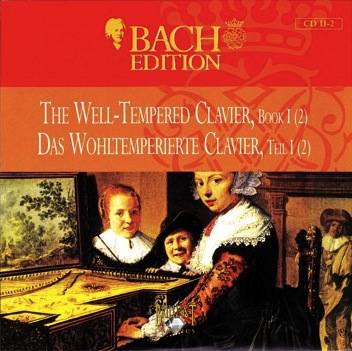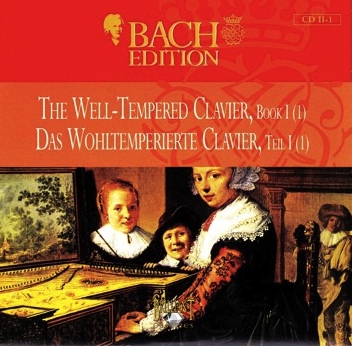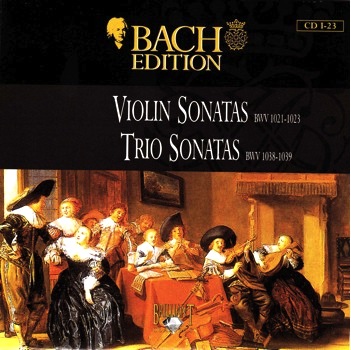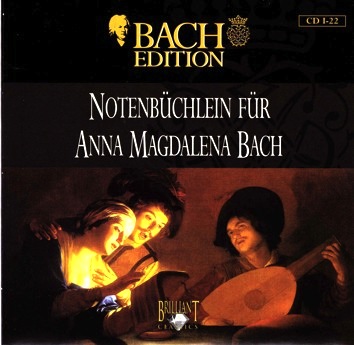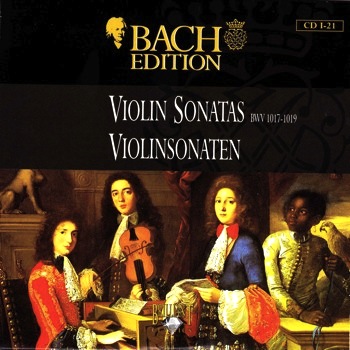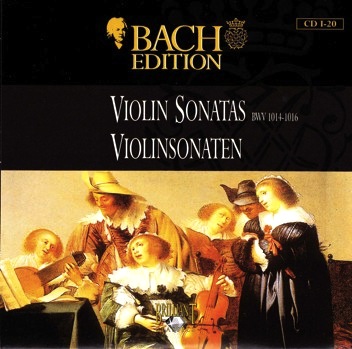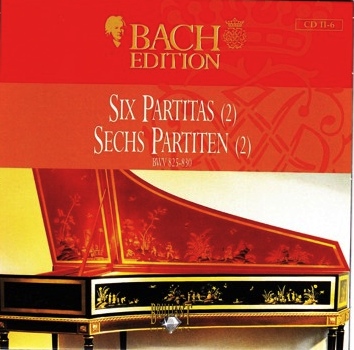 They say one should confront his/her fears so that they can be overcome and life can be lived with joy again.
They say one should confront his/her fears so that they can be overcome and life can be lived with joy again.
To that end, I’m reading about the harpsichord on Wikipedia, an excerpt from which tells me this:
The harpsichord was most probably invented in the late Middle Ages. By the 16th century, harpsichord makers in Italy were making lightweight instruments with low string tension. A different approach was taken in Flanders starting in the late 16th century, notably by the Ruckers family. Their harpsichords used a heavier construction and produced a more powerful and distinctive tone. They included the first harpsichords with two keyboards, used for transposition.
The Flemish instruments served as the model for 18th century harpsichord construction in other nations. In France, the double keyboards were adapted to control different choirs of strings, making a more musically flexible instrument. Instruments from the peak of the French tradition, by makers such as the Blanchet family and Pascal Taskin, are among the most widely admired of all harpsichords, and are frequently used as models for the construction of modern instruments. In England, the Kirkman and Shudi firms produced sophisticated harpsichords of great power and sonority. German builders extended the sound repertoire of the instrument by adding sixteen foot and two foot choirs; these instruments have recently served as models for modern builders.
In the late 18th century the harpsichord was supplanted by the piano and almost disappeared from view for most of the 19th century: an exception was its continued use in opera for accompanying recitative, but the piano sometimes displaced it even there. 20th century efforts to revive the harpsichord began with instruments that used piano technology, with heavy strings and metal frames.
Well, I learned something already. According to the liner notes on the CD jacket, the harpsichord used in the performance of this recording is a Flemish harpsichord after [Read more →]

 You can call me Johann. But don't expect me to answer to that.
You can call me Johann. But don't expect me to answer to that.
